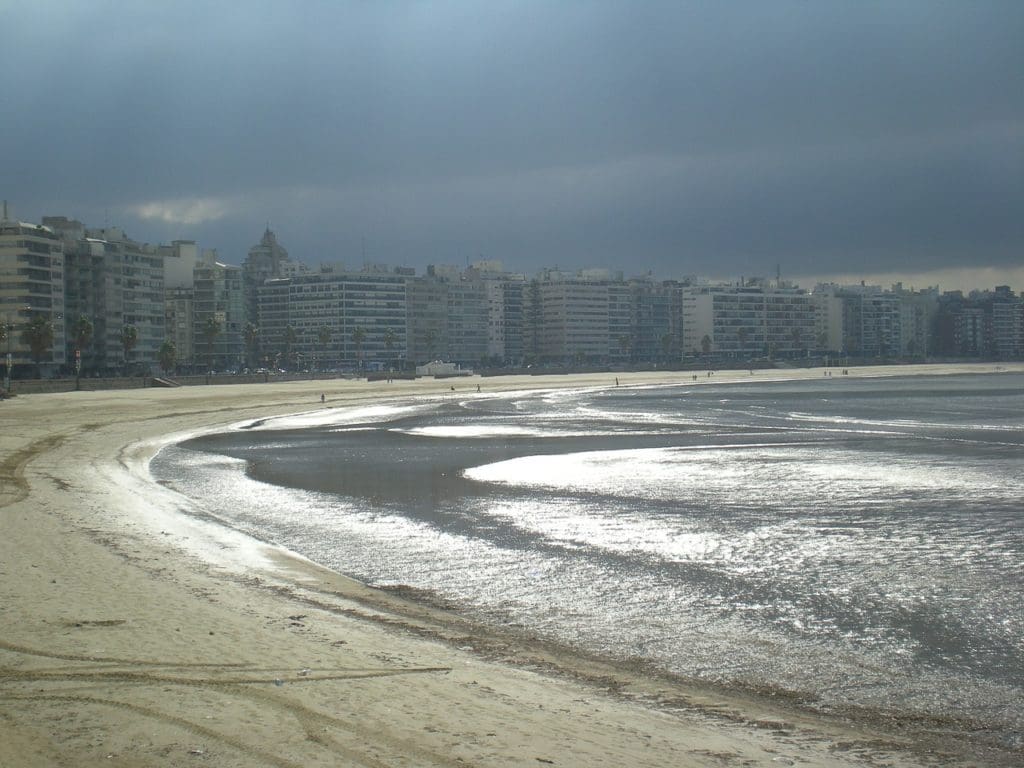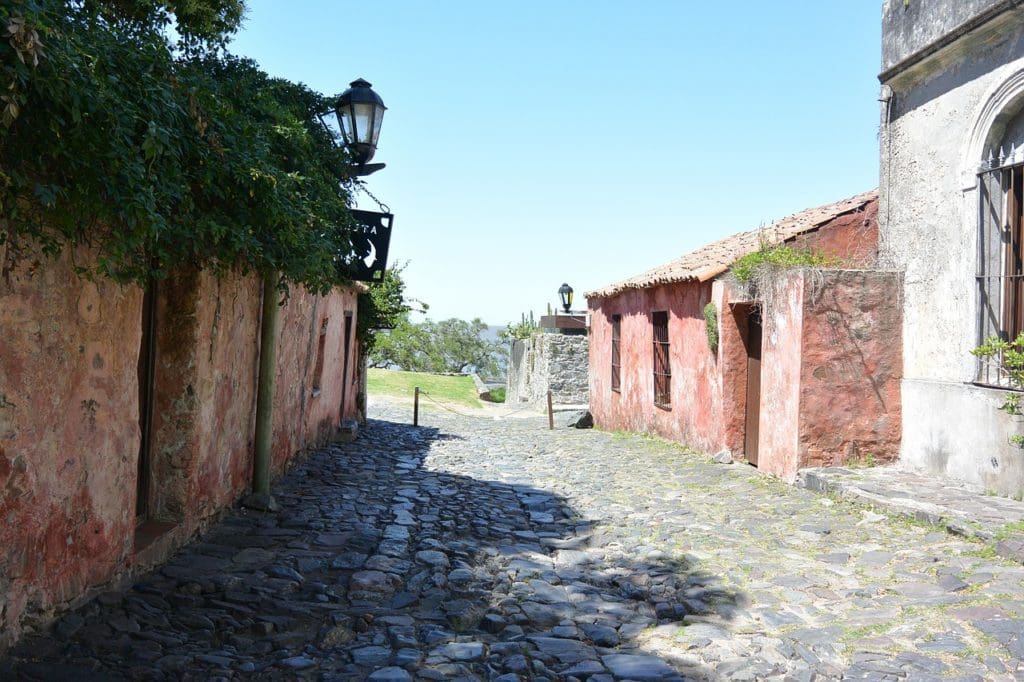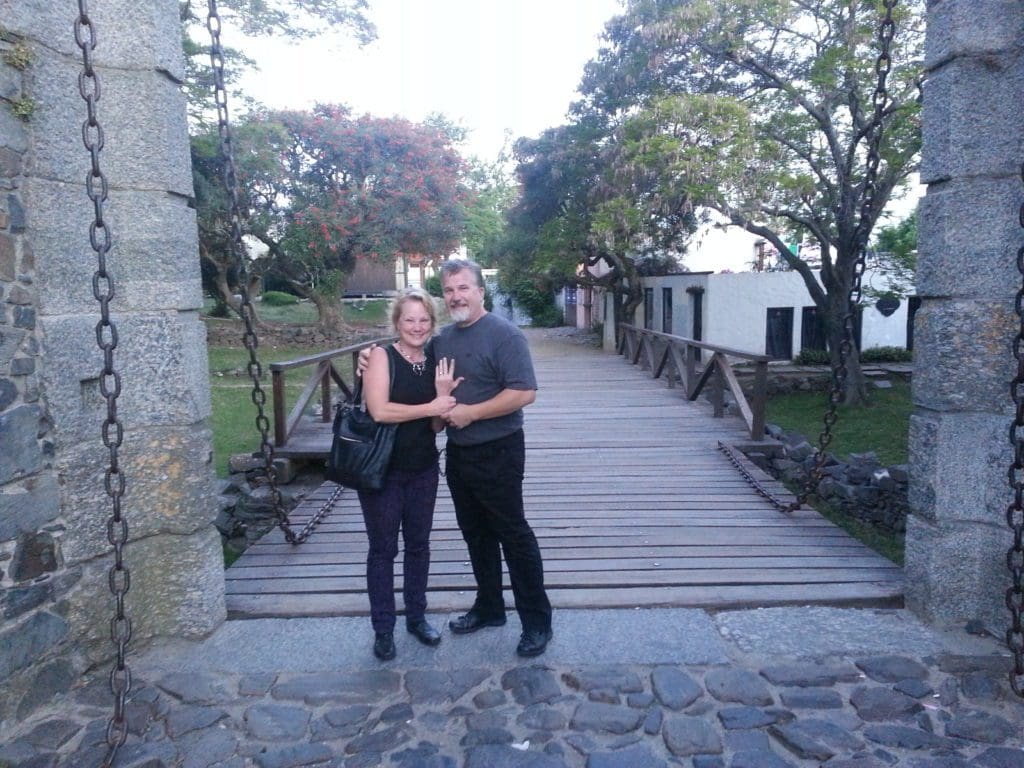According to the Virtuoso Luxe Report, a leading forecaster of travel trends for the coming year, one of the top motivators for travel is to visit new destinations. For many travelers, even those who have already explored parts of South America, Uruguay is just such a “new” destination. As one of South America’s smallest countries, Uruguay is often overlooked and underrated. But it’s home to charming colonial villages, sublime beaches, and traditional estancias with a range of accommodations from basic to world-class. It’s a safe country to visit, enjoys a relatively high standard of living and literacy, and tourism is its main economic driver.
Montevideo, Uruguay

Montevideo is the capital of Uruguay that showcases an interesting contrast between well-preserved colonial architecture and sleek modern buildings. It has a European old-world charm with plazas and cafes. Several museums are worth a visit, including an exceptional gaucho museum, and the mosaic floors and stained-glass windows of the Legislative Palace. Travel Maestro tip: The Ciudad Vieja, or Old Town, is the heart of the nightlife with restaurants, clubs, and casinos.
There are artisans, flea, and farmer’s markets which are great places to meet friendly locals. Both locals and visitors flock to a group of white sand beaches called Río de la Plata and La Rambla, the promenade that runs along the waterfront. Travel Maestro tip: At over 13 miles long, La Rambla is the longest continuous sidewalk in the world!
Of the more than 200 total wineries in Uruguay, about half are in the verdant rolling hills just outside Montevideo in an area known as “Uruguayan Tuscany.” Some of the wines produced there have gained international attention over the last decade. The national grape is Tannat, although they also produce most of the well-known European varietals because the climate is similar. Nearly all the vineyards are small, family-run establishments, many in their fourth generation. Travel Maestro tip: Be sure to visit a winery for a tasting, a tour of their vineyard and cask storage (maybe a wine cave), and a friendly chat with the resident producers.
Punta del Este, Uruguay

East of Montevideo, the sparkling white beaches of Punta del Este have become the summer go-to spot for jet setters, supermodels, and the mega-wealthy. The season runs from December to March. A narrow peninsula surrounded by beaches juts into the Atlantic so there are plenty of places to swim, surf, waterski, and just lounge on your yacht. Travel Maestro tip: Uruguay retains the British custom of enjoying traditional high tea, so after sun and fun, you can refuel on tea and scones in the afternoon.
You’ll also want to visit Casa Pueblo, a wonderfully surreal Moorish-style fortress. It was once the home of colorful painter Carlos Paez Vilaro but is now an art gallery and hotel. Punta, as the glitzy town is nicknamed, offers plenty of restaurants, discos, and casinos for nightlife. Travel Maestro tip: If the beautiful people aren’t your answer to “wild life,” take a boat around Isla de Lobos, to see an island covered with sea lions.
Foodies and wine-savvy travelers who are still looking for a “new” untouristed destination should continue east to laid-back José Ignacio, an outpost of the glamorous Punta. This former sandy fishing village turned tony surf town is bursting with boho-chic eateries and iconic wines. Travel Maestro tip: About 25 miles inland, Bodega Garzón is a restaurant and winery that swept up ‘New World Winery of The Year 2018’ by Wine Enthusiast and produced one of the ‘Top 100 Wines of the World 2018’ chosen by Wine & Spirits.
Colonial Heritage

A wonderful way to get an authentic taste of colonial Uruguay is by visiting an estancia, or ranch. The majority of Uruguay is pastureland, setting the scene for the giant ranch estates that began producing hides in the early 1800s. When refrigeration became available, they began exporting beef. Today, you can visit and stay at a working estancia, ride horses with the gauchos – or watch them perform their graceful maneuvers – and experience the traditions and culture of rural life in Uruguay. Travel Maestro tip: Since most estancias are relatively remote, accommodations normally include meals and afternoon tea, as well as cultural activities. San Pedro de Timote is an impressive example. Founded in 1854, it includes a handsome period manor house, beautiful courtyard, and 17th-century colonial buildings.
At any estancia and in fact, throughout Uruguay, you’ll find beef on the menu. Barbecue. Steak. Brisket. Plates piled high with succulent meaty perfection. The ubiquitous scent of grilled meat wafting through the air. Beef is a staple and intrinsic in the culture, with the average Uruguayan eating nearly 130 pounds per year. Travel Maestro tip: Vegetarians be advised that you will find some vegetarian-friendly options, but you will likely eat a lot of salads. Don’t let that stop you from visiting.

The UNESCO-designated Colonia del Sacramento should not be missed. It is a charming 17th-century Portuguese hamlet frozen in time. The 400-yer-old city gate of the former walled fortress still stands. Stroll sycamore-shaded cobblestone lanes to see the colonial architecture, Uruguay’s oldest church (c. 1699), and the lighthouse. Travel Maestro tip: Colonia will forever hold a special place in my heart since that’s where Mr. Maestro proposed!

Visiting Uruguay
Uruguay is easy to reach. There are direct flights to Montevideo from Miami and New York. You can also take a hydrofoil or ferry from Buenos Aires, Argentina to Colonia or Montevideo. The time zone is two hours ahead of eastern time (they do not use daylight savings time) so there’s little-to-no jet lag. Renting a car, possibly with a driver to show you around the country, is the most flexible means of getting around. Several luxury tour operators offer small group itineraries.
To plan a visit to Uruguay, contact your Covington vacation advisor.







Leave a Reply